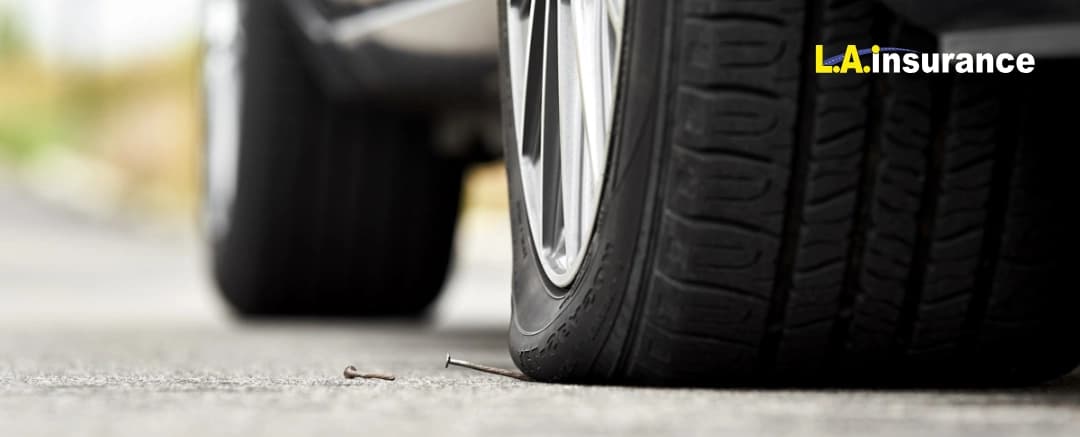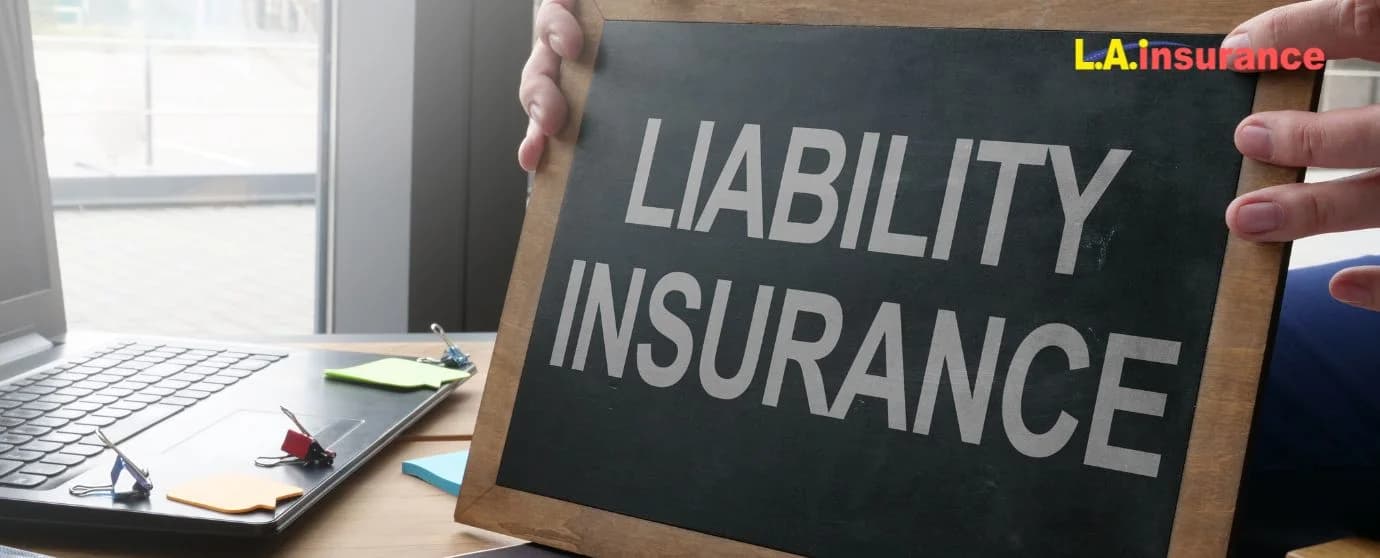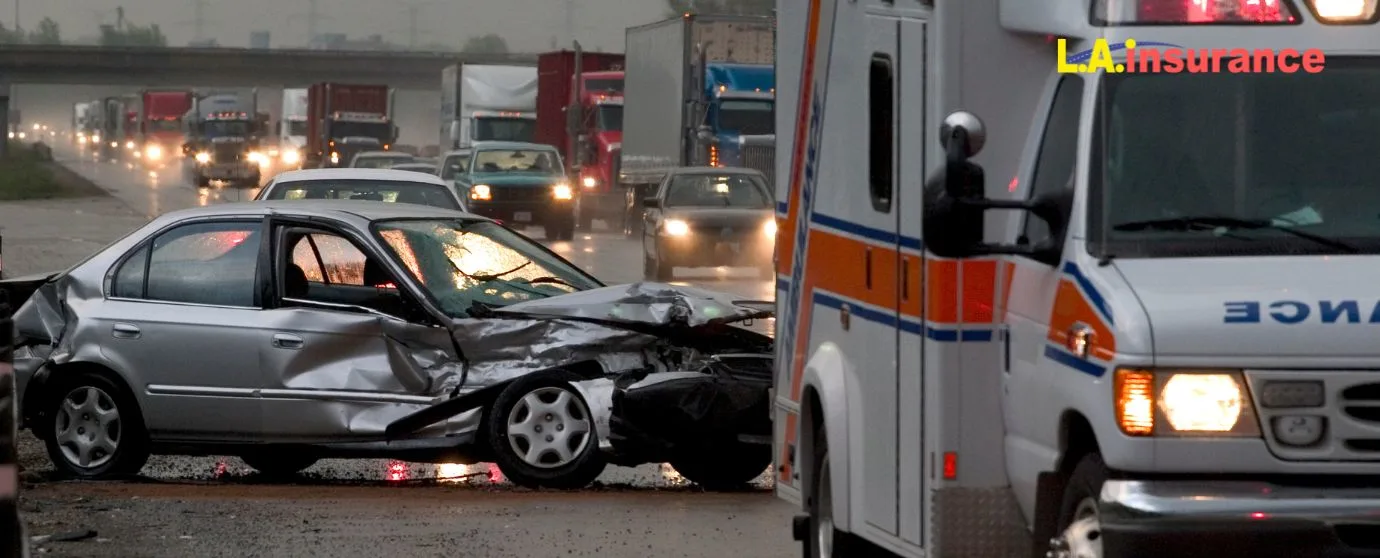
Publish Date: 18-06-2025
Auto Insurance
Can You Drive with a Punctured Tyre?
Suppose you have an emergency. You are running late and driving at the highest allowed limit. Suddenly, your car hit upon a nail or something sharp and now you are stuck with a punctured tyre. In such a situation, should you continue driving your car or opt for alternative ways? Keep reading to find out whether you can still drive your vehicle with a punctured tire and the best ways to handle the situation.
Common Reasons for a Punctured Tire
A punctured tire is always unexpected. It can happen anywhere: on a busy road, in your driveway, or even in a parking lot. Wherever and whenever it happens, it is frustrating! Before we answer whether you can drive on a punctured tire or not, let us first explain what might cause it.
- Sharp object on the road is the most common cause of tyre puncture. Culprit such as nails, screws, or glass can embed into the tire and cause a leak. Sometimes the pressure loss is very slow which may stop you noticing the damage until the tire is nearly flat.
- Potholes and rough terrain. If you hit a pothole at high speed, it might crush the wheel against the tire. Eventually leading to internal damage or sidewall blowout. Plus, uneven terrain also increases the risk of a flat tire.
- Worn-out tires. The general recommendation from the manufacturer is that you should replace your tyre after six years and not to drive on a tyre that’s 10 years old. Because the tyre’s rubber gets weakened over time. It can increase the risk of cuts, cracks, and sudden failure. Poor tire maintenance can make this worse as well.
- Damaged valve stems. A cracked or loose valve can cause a slow leak, which can be easily overlooked. If this happens, it may eventually deflate the tire. However, if you do check your tyre at least once every month, you can catch it early.
- Over and under inflation is another common cause. Incorrect tire pressure leads to uneven wear. Under-inflated tires flex too much. On the other hand, under-inflated ones are more prone to punctures. Both scenarios increase the risk of blowout.
Can You Drive with a Punctured Tyre?
Whatever the cause behind your vehicle's punctured tire, the important question to ask in this situation is: can I still drive it? The short answer is no. You shouldn’t drive with a punctured tire even if it seems possible, especially when the severity of the damage is minimal, or the leak is slow. In such a case, you might be able to continue for a short distance. However, a fast pressure drop, or any visible damage means you should stop driving it immediately.
Even if your tire isn’t fully deflated, driving on it can worsen the damage. The wheel may get misaligned, and the tire sidewall could weaken. And if you keep it unrepaired, a minor puncture can turn into a dangerous blowout. And a blowout can increase the risk of an accident due to the sudden impact it has on a vehicle’s stability and control.
Why You Should Not Drive with a Punctured or Flat Tire?
As we mentioned, driving with a punctured tire is possible. But we don’t encourage you to do so unless the damage is minimal and you’re by chance just a few miles away from a tire station or auto repair center.
However, it is clearly dangerous to drive a car on a punctured tyre. Let’s see why:
- First of all, you might lose control. As the pressure drops, the tire loses its ability to grip the road. This reduces traction and makes it harder to steer or brake properly. Sharp turns or sudden stops can become dangerous as well, and lead to a severe car crash.
- It increases the risk of a blowout. A punctured tire under stress can suddenly burst and lead to a blowout. This can cause your vehicle to swerve unexpectedly, thus endangering you and others on the road.
- Damage to wheel and suspension. A deflated tyre forces the wheel to make more impact from potholes and bumps. As a result, it can bend the rim over time and damage the brake system and strain the suspension.
- Higher fuel consumption is another thing you’ll face if you drive on a flat tyre. It increases the rolling resistance, forcing your vehicle to work harder. Consequently, reduces fuel efficiency which means you’ll be paying more at the pumps and damaging your tire further.
- You might encounter legal and insurance consequences. In some areas, driving with a flat tire is illegal. If an accident occurs while knowingly driving on a damaged tire, your insurance might not cover the claim.
- Worsening the puncture. A small leak can be repaired with a sealant. But if you continue driving, it can turn a minor issue into a severe wear and make the tire irreparable.
For your safety, it's always the best option to pull over and check the tire. If necessary, use a spare tire or call 911 or roadside assistance. However, if you can change your tire yourself, do it correctly. If not, you can learn how to change your tire.
Can You Drive with a Nail in Your Tire?
Another related question drivers ask is whether they can drive a vehicle with a nail in the tire. The answer is similar. You might be able to drive the car a few miles with a nail in your tire. However, this is obviously considered dangerous, and it’s not something a cautious and responsible driver should ever do.
If a nail is stuck in your tire, it may cause a slow leak, which we call a puncture, and lead to a sudden flat tire. In some cases, the tire might hold air for a while, but the damage worsens with every mile.
And as you are already aware, driving with a punctured tire puts pressure on the wheel and weakens the tire structure. If you do drive ignoring the nail or puncture, the leak might grow larger and increase the chance of a blowout.
So, check your tire pressure immediately if a nail is stuck in a tire. If the leak is slow, you may consider driving a short distance to a repair shop. As always, we recommend replacing the tire or using a spare tire in the first place.
Can You Patch a Tire with a Nail in It?
Yes. But only if the puncture is repairable. A tire can be patched if the nail is in the tread and the hole is small. If the damage is near the sidewall, a patch won’t hold, and the tire needs replacement.
A sealant or plug can provide a temporary fix. However, professional tire maintenance is recommended for long-term safety. A technician will inspect the tire, check for internal damage, and apply a secure patch. Anyway, if you’re unsure, and don’t want to risk it, get the tire checked before you hit the road.
How Long Can You Drive on a Punctured Tyre, Flat Tyre, or a Run-Flat Tyre?
Many drivers often ask how long they can drive with a punctured tire, a flat tire, or a run-flat tire. As we’ve said before, and we’ll say it again: don’t drive for an extended distance, even if the leak in the tire is slow, because every rotation of the wheel puts stress on the damaged tire. A minor puncture can quickly turn into a blowout, compromising the safety of you, your passengers, and others on the road.
However, if the tire pressure is still stable, you might drive a short distance— just enough to reach a safe location. If the tire is rapidly losing air, stop driving immediately. The same applies to a flat tire. With no air, the tire can’t support the vehicle’s weight, affecting handling and braking. If you get a flat tire, pull over as soon as it’s safe, turn on your hazard lights, inspect the tire, and either replace it with a spare tire or call roadside assistance.
If your vehicle is equipped with run-flat tires, which are designed to hold their shape even after losing pressure, you can typically drive up to 50 miles at speeds under 50 mph. However, this distance may vary by manufacturer, so you should check your owner’s manual.
Even though run-flat tires provide extra mileage, they are not a permanent fix. The longer you drive on them, the greater the risk of internal damage. So, whether you have a small puncture, a flat tire, or a run-flat tire, you should get to a repair shop or replace the tire as soon as possible.
What to Do If You Have a Punctured Tire
If you have a punctured tire, the key is to act quickly and safely. If you see a leak or a flat tire, don’t keep driving. Pull over immediately to avoid any more damage to your wheel, brakes, and suspension.
Steps to handle a punctured tyre:
- Find a safe spot. Move your vehicle to a secure area away from traffic.
- Turn on hazard lights. This warns other drivers about your situation.
- Check the tire. Look for visible nails, screws, or signs of a blowout.
- Test the tire pressure. If it’s low but stable, you may drive a short distance.
- Use a spare tire. If available, replace the damaged tire immediately.
- Apply a sealant. A sealant or plug kit can temporarily fix small punctures.
- Call roadside assistance. If you don’t have a spare tire or tools, get help.
- Drive to a repair shop. Even if the tire holds air, have a professional inspect it.
When Should You Replace a Punctured Tire?
You cannot repair all punctured tires. Some damage makes replacement mandatory. Here’s when you should get a tire instead of patching it.
Signs you need a new tire:
- Sidewall damage. If the puncture is near the sidewall, replacement is the only key.
- Large puncture. Holes bigger than ¼ inch can’t be patched securely.
- Multiple punctures. If there are too many, the tire loses structural integrity.
- Severe wear. Old, worn-out tires are unsafe even if patched.
- Persistent leaks. If a patched tire keeps losing pressure, you need a new one.
- Run flat tire after full deflation. Most run-flat tires shouldn’t be reused after losing all air.
If you need to replace a tire, make sure to buy a good one. Read a guide to purchasing tires so that you don’t end up buying a low-quality tire that gets punctured or flat too easily. Additionally, if you have car insurance and want to know whether your auto insurance coverage extends to tires, read our article: Does Car Insurance Cover Flat Tires?
Who to Call When You Have a Tire Damage?
If your tire is damaged, whether it’s a small leak, or a flat tire, you should stop driving and change the tire if you can. If you don’t know how to get out of this trouble, you should call for assistance.
Here are a few options where you can contact for tire damage assistance:
- Roadside Assistance Services: If you have a membership with AAA or your insurance provider, they can send help. If you’re a valued policyholder of our affordable insurance agency, you can directly let us know your exact location. L.A. Insurance can help you with the cost of repair and replacing your tire if it’s damaged under a covered event. Check out our affordable full coverage auto insurance to get extensive protection including tire-related damages.
- Towing Service: If the tire is beyond repair, a tow truck can take your vehicle to a repair shop. Check whether your insurance company covers towing. If yes, call your insurer. Also Learn: Does full coverage car insurance cover towing?
- Local Tire Repair Shops: Many repair centres offer mobile tire maintenance services.
- Your Car Manufacturer’s Assistance Program: Some vehicles come with roadside coverage, including flat tire help.
- A Trusted Friend or Family Member: If you’re near home, a quick call can bring backup.
Driving on a Punctured Tyre: Key Takeaways
- Don’t drive far with a punctured or flat tire. It can lead to a blowout, accident, or severe vehicle damage.
- Common causes of tire punctures include nails, screws, potholes, and low tire pressure. Regular tire maintenance can prevent many issues.
- If you have a nail in your tire, check the pressure immediately. A slow leak might allow limited driving, but get it repaired quickly.
- Run-flat tires can go about 50 miles at low speeds. However, they are not a permanent fix. So, replace them as soon as possible.
- If you get a puncture, pull over safely and inspect the tire. Use a spare tire, sealant, or call roadside assistance.
- Not all punctured tires can be patched. If the damage is near the sidewall or too severe, replacement is necessary.
- Know who to call for help. Roadside assistance, towing services, or a local repair shop can get you back on the road safely.
Frequently Asked Questions (FAQs)
Can My Flat Tire be Repaired?
According to Tire Industry Association (TIA), a flat tire can be repaired if the puncture is within the tread area, doesn’t exceed ¼ inch (6mm) in diameter, and is not located on the shoulder or sidewall.
What Is TPMS?
TPMS (Tire Pressure Monitoring System) is a safety feature that alerts drivers when tire pressure drops below the recommended levels (typically 25%). It helps prevent flat tires, improves fuel efficiency, and improves vehicle safety by reducing the risk of tire blowout or loss of control.
What Happens If You Drive with a Punctured Tire?
Driving with a punctured tire increases the risk of a blowout. It reduces traction, affects braking, and can damage the wheel and suspension. If you notice something like that, stop immediately and inspect the tire.
How Fast Can You Drive with a Flat or Punctured Tire?
You should drive as slowly as possible. If necessary, keep speed under 20 mph to minimize damage. Stop as soon as it’s safe.
Can I Drive My Car with a Run-Flat Tire?
Yes, but only for a short distance. Even though run-flat tires hold shape after losing pressure, they need replacement soon.
How Long Can You Drive on Run-Flat Tires?
Most run-flat tires last up to 50 miles at speeds under 50 mph. However, you should check your vehicle manual for exact limits.
Can I Drive 10 Minutes with a Flat Tire?
No, you should not drive for 10 minutes with a flat tire. It can damage your wheel, suspension, and brakes, and eventually your risk of getting a blowout will increase. Instead, pull over safely, turn on hazard lights, and use a spare tire or call roadside assistance. If something bad occurs, call 911 immediately.
What Does Roadside Assistance Do for a Flat Tire?
They can install a spare tire, provide sealant, or tow your vehicle to a repair shop,. Some services offer mobile tire maintenance.
Does a Punctured Tire Cause a Blowout?
Yes, especially if the puncture worsens or the tire pressure drops too low. A weak tire is more prone to sudden failure.
Tag :
Auto insurance
Comercial Auto








